There are more Greens voters east of the Great Dividing Range than all voters west of it. Greens oppose irrigation and land clearing and promote the roll-out of renewables. People living east of the Great Divide bear some of the cost of their demands, while those living west of it bear the lot.
The Great Divide is not only the geological feature separating urban Australia from some of the most productive parts of rural eastern Australia—particularly the Murray-Darling Basin—but also a divide about the purpose of environmentalism. Is it to make a better life in the environment or to elevate the environment above humans? Are easterners dumping the cost of their version of the environment on westerners?
Tens of thousands of kilometres of polls and wires and thousands of hectares of highly sophisticated and processed solar panels and wind turbines are being rolled out in the west. They must be replaced regularly. Can they be recycled, or dumped west of the divide?
The goal of reaching 82 per cent renewable energy by 2030 is 82 per cent of a growing electricity system. It does not include electrifying Australia’s heavy industry sector. The woes caused by the east’s fatalistic goal of net zero carbon dioxide emissions by 2050 are clear and present in the west.
Inner-city Sydney Labor environment minister Plibersek claimed water buybacks ‘will return water desperately needed to restore our rivers and support the plants, animals and communities that rely on it.’ Does the harm to rural communities and industries and the environmental damage caused by ‘restoration’ far outweigh the supposed benefits?
Under the climate change scenario, the Minister claims that basin flows could fall by as much as 30 per cent by 2050. Does she think any buyback can save the river under that scenario? Is she not, in effect, announcing the destruction of all agriculture in the basin? And yet Environmental Justice Australia wants more water for the environment and Aboriginal people, who it claims represent 13 per cent of the Basin population but own less than 0.2 per cent of surface water entitlements. Less water, more claimants.
It isn’t looking good for those in the west. Conveniently located out of harm’s way in Melbourne, Environmental Justice Australia warns that ‘all levels of government and landholders need to make hard decisions.’ Hard for whom? People living east of the Great Divide or those living in the west?
The Wilderness Society, also conveniently tucked away in Fitzroy and Chippendale, once submitted to the Basin Authority, among other things, that there was insufficient regulation of deforestation and land clearing, boldly proclaiming, ‘We have the knowledge and resources to restore the Murray Darling Basin to health once and for all.’ For whom? What about humans?
More than 2100 gigalitres of water per year have been committed to the environment, mostly from farming across the basin in the last ten years. It’s time to ask where the environmental payoff is. According to NSW Farmers Water Taskforce chair Richard Bootle, ‘every megalitre purchased comes at a cost to farmers and food production, which just makes water more expensive, which in turn means food becomes more expensive.’
What is to be done? Given the imbalance in voter strength and the ability of Greens to dump their ideological rubbish west of the divide, the bush should storm green NGOs that started this unfair battle. Rural Australia, especially in the Murray-Darling Basin, is under assault by renewable zealots and water tsars who don’t give a damn about the species homo ruralis and their environment.
Rural communities and farmers’ organisations should join every green group with headquarters in the east. They should pass resolutions to favour the west’s environment: demand a halt to water buybacks for flows in the Murray-Darling system and a sane energy program based on the existing power distribution network.
The west needs to take on the Australian Conservation Foundation, WWF, Greenpeace and others by taking them over. If they don’t get the numbers in the first year, keep at them. When they knock back membership applications on spurious grounds, like they don’t recognise a postcode without double zero in the second and third spots, appeal and let the world know.
Environmental groups are not the sole source of madness but are in the vanguard and may be the vanguard for a U-turn. An environmental movement that is human and rational should start by saving immediate threats to the environment in which humans live. Clean water, clean air, sufficient space—spaces chosen by humans—perhaps not wilderness but places chosen for their human values, not imagined values of a class of activists with a conception of the world they want.
Gary Johns is chair of Close the Gap Research










